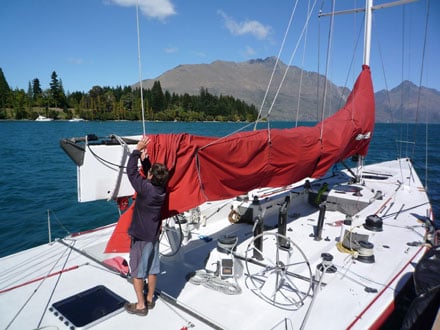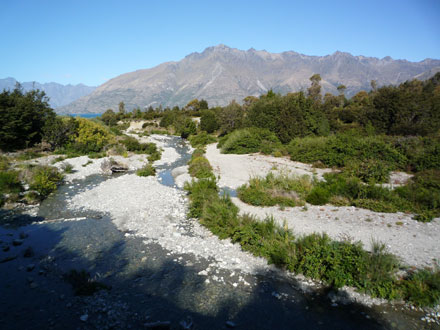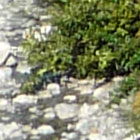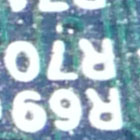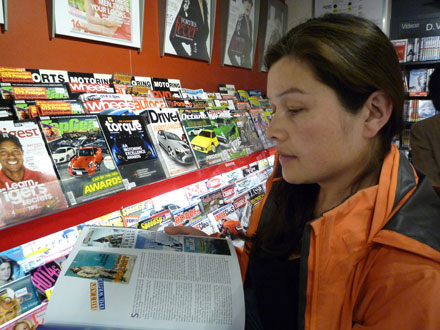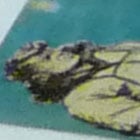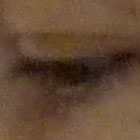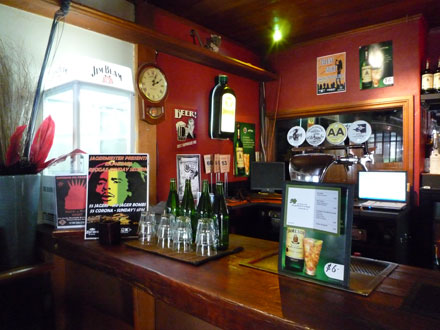|
Landscape: 4.27MB, Normal mode, 1/800, f4.5, ISO 100, 4.4-17.6mm at 4.4mm (equivalent to 25mm)
Landscape: 4.62MB, Normal mode, 1/800, f4, ISO 100, 4.4-17.6mm at 4.4mm (equivalent to 25mm)
Landscape: 4.71MB, Normal mode, 1/500, f3.5, ISO 100, 4.4-17.6mm at 4.4mm (equivalent to 25mm)
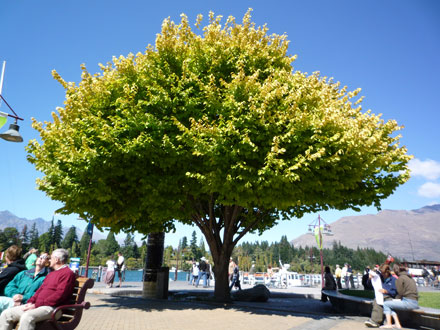 |
|
Our third image again illustrates the wide angle coverage of the FX35 when zoomed-out to an equivalent of 25mm. The photo was taken close to the tree, but easily squeezed it all in, making the FX35 a boon in situations when you can’t step back any further. The crops unsurprisingly show some distortion close to the corners, but they’re still optically well-corrected.
 Sadly there is however quite visible noise in shadow areas, despite the 100 ISO sensitivity. | | | | | | | |
|
 |
|
 |
|
Portrait: 4.40MB, Normal mode, 1/800, f5.6, ISO 200, 4.4-17.6mm at 17.6mm (equivalent to 100mm)
 |
|
After three shots zoomed-out to the widest setting, here’s one with the FX35 zoomed-into an equivalent of 100mm. We increased the sensitivity to 200 ISO, selected Face Detection and forced the flash to fire. Face Detection locked onto the subject with no problem, and the flash filled-in any harsh shadows.
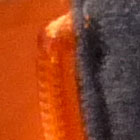 The increase to 200 ISO though has resulted in noticeable noise and processing artefacts, especially on flat colours when viewed at 100%. | | | | | | | |
|
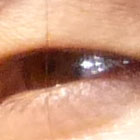 |
|
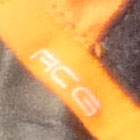 |
|
Landscape: 4.33MB, Normal mode, 1/800, f7.1, ISO 200, 4.4-17.6mm at 17.6mm (equivalent to 100mm) |
Macro: 4.30MB, Normal mode, 1/800, f6.3, ISO 400, 4.4-17.6mm at 4.4mm (equivalent to 25mm)
Indoor: 4.12MB, Normal mode, 1/40, f2.8, ISO 400, 4.4-17.6mm at 4.4mm (equivalent to 25mm)
Indoor: 2.82MB, Normal mode, 1/20, f2.8, ISO 800, 4.4-17.6mm at 4.4mm (equivalent to 25mm)
Indoor: 2.37MB, Normal mode , 1/60, f2.8, ISO 1600, 4.4-17.6mm at 4.4mm (equivalent to 25mm)
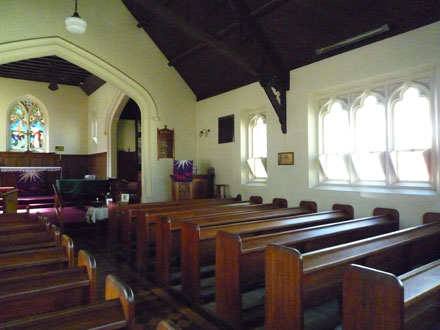 |
|
Our final shot was taken with the FX35 at 1600 ISO, and unsurprisingly the quality has fallen further. Noise has now become quite obtrusive, detail has been lost, and there’s also a fall in saturation on the image viewed in its entirety at a reduced size.
 Like other compacts, 1600 ISO remains an overly ambitious sensitivity, that’s best used for emergencies only. | | | | | | | |
|
 |
| |
|
|
